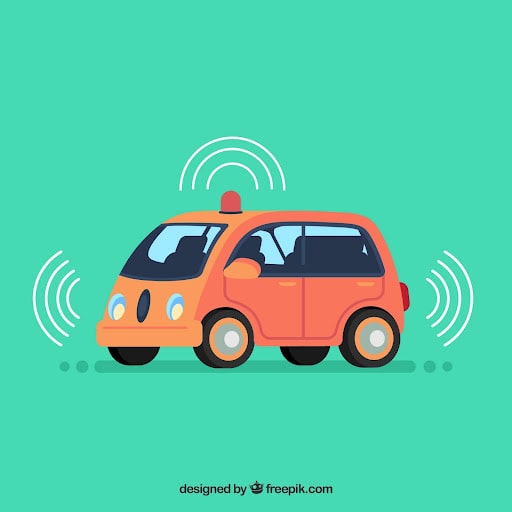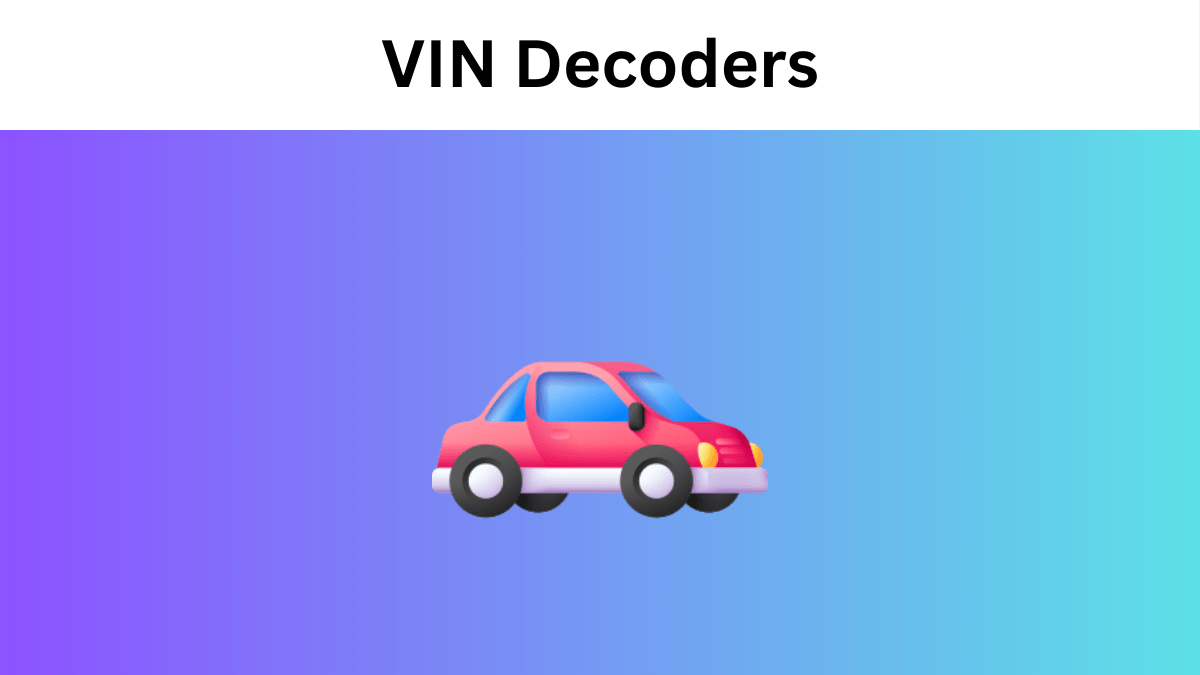VIN Decoders: Empowering Local SEO Growth in the Automotive Industry
In the current digital world, firms must use technology to improve accessibility and visibility, particularly in the fiercely competitive automobile sector. The Vehicle Identification Number (VIN) decoder is one such product that has completely changed local SEO tactics. This post explores the value of VIN decoders and how they provide doors for local SEO expansion in the car industry.
Contents

Understanding VIN Decoders
Every car has a unique VIN that acts as an identification and holds important details like the brand, model, year of production, engine type, and other details. This alphanumeric code may be deciphered by a SCA’s Vin Decoder, which offers thorough information on a car’s specs. VIN decoders are essential for improving online exposure from a local SEO standpoint since they guarantee consistent and correct information on several platforms. VIN decoders offer the following main characteristics and advantages:
- Offering comprehensive vehicle specifications, including engine type, transmission, and dimensions.
- Accessing historical data like previous ownership, service records, and accident history.
- Estimating vehicle pricing based on market value, mileage, and condition.
- Alerting users to open recalls or safety issues associated with a vehicle.
- Generating detailed vehicle history reports from various sources.
- Enabling API access for integration into third-party applications.
Enhanced User Experience
Automotive companies may provide clients with a smooth surfing experience by including VIN decoding capabilities into their websites or mobile apps. Prospective purchasers have easy access to comprehensive details on cars that catch their attention, such as features, specs, and costs. This raises the possibility of conversion while also fostering credibility and trust.
Optimized Content for Search Engines
VIN-decoded data can be strategically incorporated into website content, meta descriptions, and structured data markup, thereby improving search engine rankings. Businesses can attract qualified traffic from local searches by optimizing for relevant keywords and long-tail phrases derived from VIN details. This targeted approach ensures that the right audience discovers their inventory, resulting in higher conversion rates.
Consider yourself the owner of a nearby auto dealership with a focus on pre-owned luxury cars. You may enhance your search engine results and offer prospective customers useful information by carefully integrating VIN-decoded data into your website content, such as thorough descriptions of each vehicle’s characteristics and specs. When a person searches for “2018 BMW 5 Series with leather seats and panoramic sunroof,” for example, your optimized content is more likely to show up at the top of the search results. Higher conversion rates and more sales follow as a consequence of drawing in qualified leads who are actively looking for the particular attributes that your cars have to offer.
Local Listings and Directories
Maintaining accurate information across local listings and directories is imperative for businesses seeking to enhance their local SEO performance. VIN decoding enables automotive dealerships to update and synchronize their inventory data across various platforms, ensuring consistency and reliability. This not only improves visibility in local search results but also enhances the overall user experience, driving foot traffic to physical locations.
Research shows that 86% of car shoppers conduct online research before visiting a dealership, and 71% of them use third-party websites to research vehicle prices, models, and inventory. By maintaining accurate inventory data through VIN decoding, dealerships can increase their visibility and attract more qualified leads. Here are some other data regarding the importance of maintaining accurate information on various platforms for businesses:
- According to Google, businesses with complete and accurate information on their Google My Business (GMB) listings are twice as likely to be considered reputable by consumers. Furthermore, 46% of all Google searches are seeking local information, making GMB a crucial platform for local businesses.
- Yelp reports that businesses with complete profiles see, on average, 5 times more customer leads than those with incomplete profiles. Moreover, 97% of people who make a purchase based on Yelp reviews say they make a purchase at the business they found on the platform.
- According to Facebook, more than 2 billion people use Facebook to discover and connect with local businesses. Additionally, businesses that respond to messages within 5 minutes on Facebook see 70% higher likelihood of converting leads into sales.
Schema Markup for Rich Snippets
Implementing schema markup using VIN-decoded data enables search engines to better understand and display relevant information in search results. Rich snippets, such as vehicle listings with detailed specifications, mileage, and pricing, enhance the visibility and click-through rates of automotive businesses. By leveraging schema markup effectively, businesses can gain a competitive edge in local search results, attracting qualified leads and driving conversions.
Mobile Integration and Voice Search
With the proliferation of mobile devices and voice search technology, optimizing for on-the-go consumers has become paramount. VIN decoding functionality can be integrated into mobile apps and voice-enabled devices, allowing users to access vehicle information conveniently. By aligning with evolving consumer behavior patterns, automotive businesses can capitalize on emerging opportunities and stay ahead of the competition.
Conclusion
In conclusion, VIN decoders are invaluable tools for automotive businesses looking to enhance their local SEO strategies. By leveraging VIN-decoded data, businesses can improve online visibility, enhance user experience, and drive targeted traffic to their websites and physical locations. Embracing this technology not only positions businesses for success in an increasingly digital landscape but also fosters long-term growth and sustainability in the competitive automotive industry.
